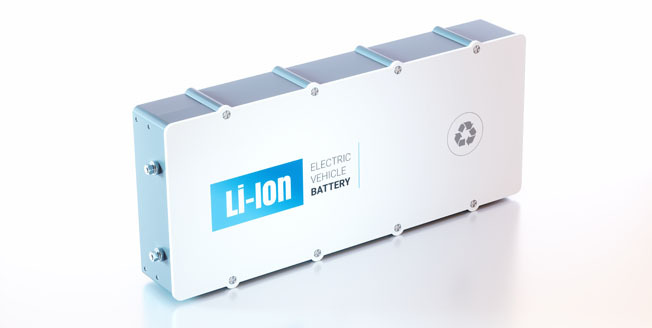
The electrolyte solution is a crucial part of a typical Lithium- ion battery (LIB), consisting of Li salt (e.g., LiPF 6), organic carbonates, and additives to ensure a stable transport of Li ions during charging and discharging processes. A significant part of battery aging can be considered as a result of the decomposition of the electrolyte. At the end of these chemical and electrochemical processes oligomeric organic compounds (Figure 1) [1] and organophosphates [2,3] could be detected. Especially fluor containing organophosphates are of interest due to their potential neurotoxicity.
While the electrochemical aging takes place in the battery itself, the chemical aging starts already during manufacturing, storage and transport of the electrolyte. Typical factors that influence this are: exposure to air and moisture, too high temperature at manufacturing/storage, long term storage in general. Wrong materials in the production pipeline like glass are problematic as well due to a catalytic reaction of the fluoric acid traces with SiO 2 as follows: SiO 2 + 6HF → H2 [SiF 6] +2H2O. This application is an example of the analysis of an electrolyte solution for qualitative determination of fluorophosphates as a possibility for an early-stage quality control.





